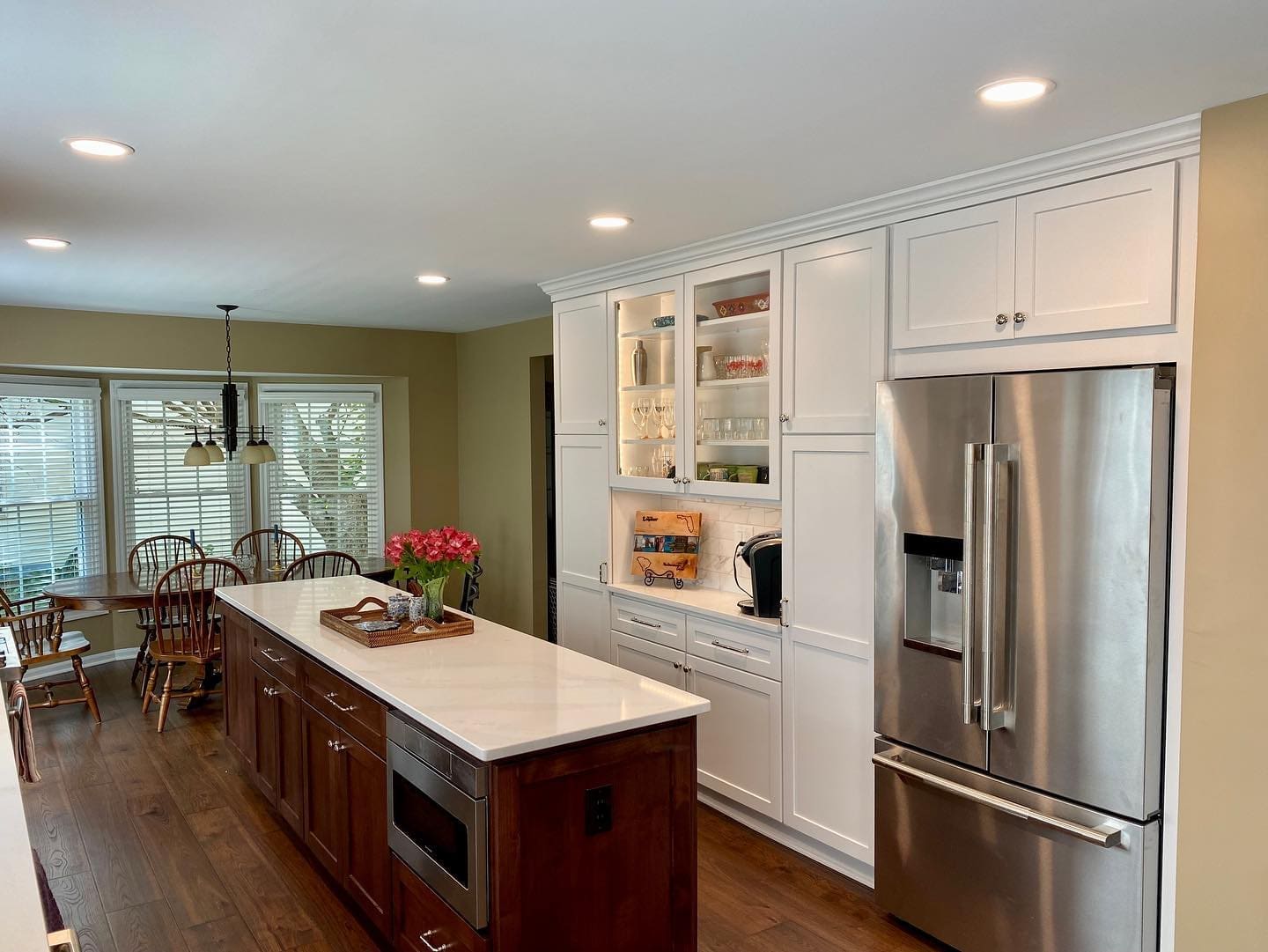 Planning Your Kitchen Project: Who Are the Players?
Planning Your Kitchen Project: Who Are the Players?
What’s fairly common among most homeowners is the comprehension of just how complex and involved a new kitchen space can be to create; and this is largely due to a lack of awareness as to who or whom, is actually involved in the process of this manifestation of the most important room of the home. It’s not enough to simply go to a home center or a series of specialty stores and dutifully select the sink, cabinets, counter materials, appliances and paint colors and assume that this kitchen is going to magically fall into place. There are many professionals involved in such a project, so it’s good to know who they are and what they will do for you and your new kitchen space.
Architects and Kitchen Designers
Although each professional firm has its own limitations of service, this discussion will be directed toward a universally accepted scope of duty. While an architect may often be employed to address the design and structure of the ‘gross’ space and structural amenities to the new kitchen he, or she, may also be tasked with very intricate details in the kitchen layout, mechanical configuration, and specific finishes and embellishments. A kitchen designer, by contrast, will see the actual finish product and will need to defer to an architect and trade professionals to enact upon their vision. In construction hierarchy, the architect is typically the ‘ruler’; and in absence of the architect, the kitchen designer is the ‘ruler’. Any changes to the plan will always be deferred to these professionals for consult and remediation.
General Contractor
This is the person who is responsible for making the project run smoothly and on schedule. He is also tasked with making important field decisions when glitches arise–and they do. The ‘General’ will likely explain that they answer to no one; but, in reality, they would have to defer to the architect or the kitchen designer whenever ‘unforeseens’ arise. They have a broad range of knowledge which includes structural, mechanical, and finishes which enables them to coordinate the project effectively.
Electrician
This tradesperson, along with the plumber, tend to be the professional who seem to find the obstacles within a project or the miscalculation of an architect or designer. Yes, they’re the ones who are responsible for mounting light fixtures or power outlets, but there also may be a need to relocate existing services, run new wire, modify circuit panels–and all of these things tend to ‘trace’ the inherent obstacles within the space. For example, being tasked with providing service to new island may seem like a routine sort of venture, but if the position of the island is dead-center on a 12” steel ‘I-beam’ in the basement, plans will have to be adjusted.
Plumbers
Like the electrician, plumbers tend to locate the complications inherent in the best made plans. However, they also tend to be the ones who can act independently to resolve these issues. Look to them for water supply, disposal needs, and great advice on the quality of plumbing related finishes in the new kitchen.
Carpenters
Although things look great on paper, it’s this profession that really makes it all happen. Whether replacing or adding a window, skillfully crafting a crown molding, framing a pantry, hanging doors, or precisely mounting or making cabinetry, the precision to which these tradesmen enact their craft will be apparent in every aspect of the outcome of your kitchen. Suffice it to say, make sure you’ve got your hands on a good carpenter!
The Finish Crew
This group encompasses the sheetrock or plaster tradesmen, painters, flooring contractor, and countertop people (assuming it’s not the carpenter tasked with this). These folks are the last group of trades to transform your kitchen; and, oddly enough, the ‘success’ of the kitchen is often measured by the skills of these folks.






